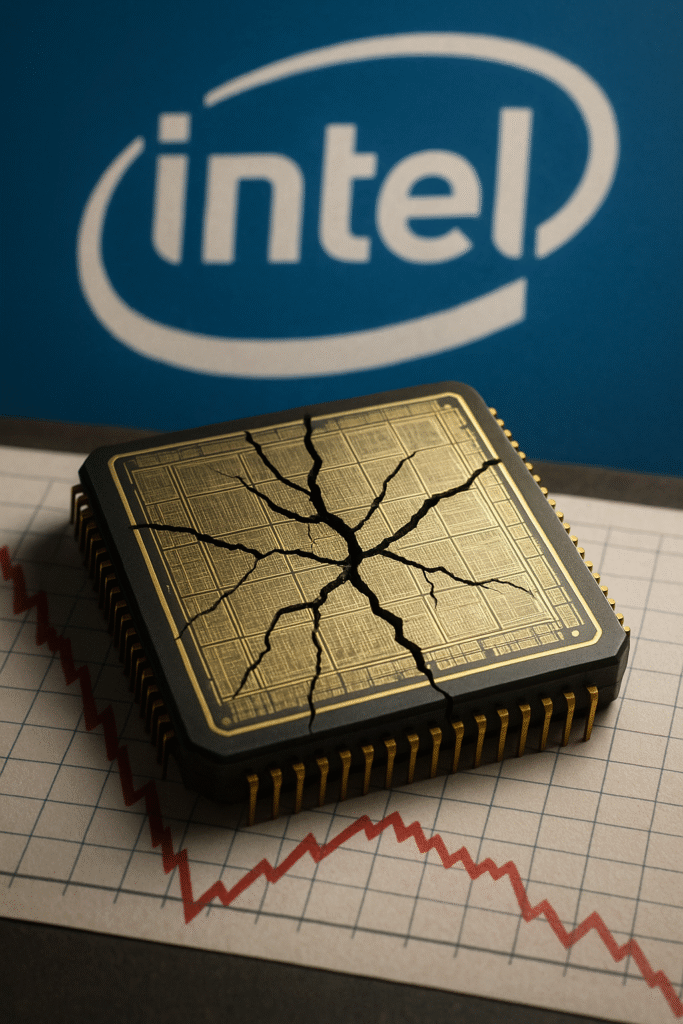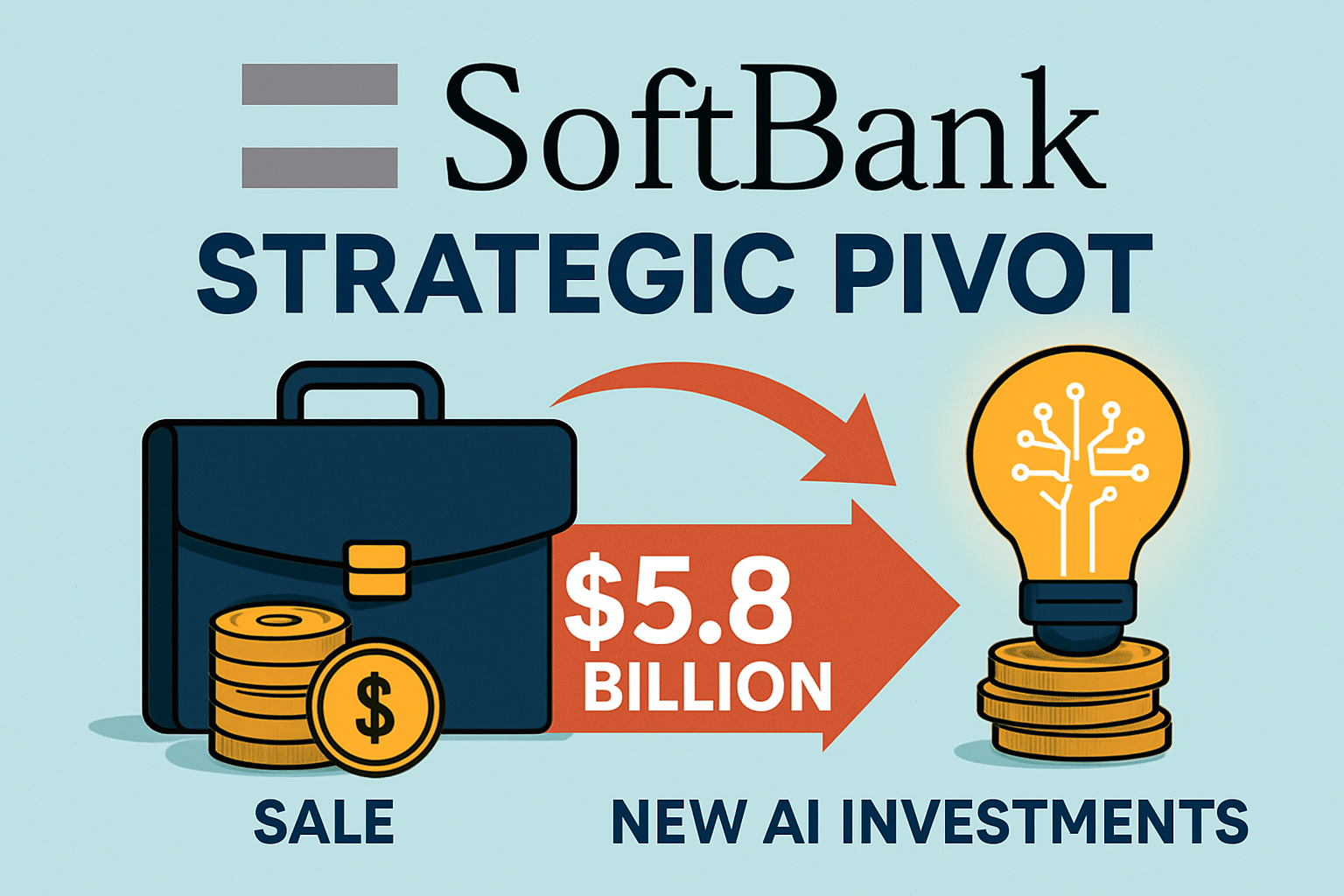
In a strategic move to adapt to shifting market dynamics and economic headwinds, Intel Corporation has announced a new round of cost-cutting initiatives, aimed at streamlining operations and reinforcing its long-term growth. The decision comes as the global semiconductor industry continues to face reduced consumer demand, geopolitical uncertainty, and growing competition in the AI space.
Why Intel Is Cutting Costs Now
Intel’s aggressive cost-cutting plan follows a turbulent period marked by:
- Decreased PC sales post-pandemic boom
- Inventory surpluses across global supply chains
- Growing competition from AMD, NVIDIA, and ARM-based chips
- Investments in AI infrastructure that require long-term capital
- Geopolitical pressure affecting chip manufacturing, particularly in China and Taiwan
In its Q2 2025 investor update, Intel confirmed a goal of cutting costs by $3 billion this year, with a longer-term plan to save up to $10 billion annually by 2027.
What Intel’s Cost Cuts Include
According to internal memos and public statements, Intel’s plan includes:
- Workforce reductions in non-core departments
- Pausing construction of some chip fabs (foundries) outside the U.S.
- Reevaluating supplier contracts and long-term R&D expenditures
- Shifting focus to AI and data center chips instead of legacy PC hardware
Intel CEO Pat Gelsinger emphasized that the strategy is not just about shrinking but “optimizing for efficiency and innovation”, especially in areas such as AI acceleration, quantum computing, and foundry services.
Impact on the Semiconductor Industry
Intel’s cost-cutting efforts are not isolated. Other chipmakers, including TSMC and Micron, have also taken similar measures amid a volatile economic environment. However, Intel’s move is significant due to its size and its plans to become a dominant global chip manufacturer once again.
Key implications:
- The U.S. CHIPS Act incentives might see slower utilization from Intel
- Job cuts could affect thousands globally, especially in Europe and Asia
- Greater emphasis on AI chips may increase competition with NVIDIA
- May create short-term market instability but longer-term profitability
What This Means for Tech Consumers and Developers
While Intel restructures, the consumer and developer ecosystem may benefit in the long term:
- Expect more advanced AI-compatible chips for cloud computing
- Lower prices on existing hardware as Intel clears inventory
- Delays in new product lines or flagship CPU launches in 2025-2026
- Increased focus on developer tools optimized for AI processing
Intel’s Future Vision: From CPUs to AI Infrastructure
Intel is repositioning itself beyond traditional CPUs. The company recently unveiled Gaudi 3, its latest AI accelerator, challenging NVIDIA’s H100 and AMD’s MI300 series. This shift indicates that Intel is now betting big on enterprise AI infrastructure, cloud-native processors, and foundry services for third-party chipmakers.
Conclusion
Intel’s cost-cutting strategy marks a pivotal moment for the tech industry. While short-term turbulence is likely, the move could position the company as a more agile and innovation-focused leader in the long run. With the semiconductor landscape rapidly evolving, Intel’s bet on AI and efficiency could redefine its legacy in the digital age.Stay tuned to Bytenest Tech for updates on Intel’s restructuring and its implications for the future of computing.





